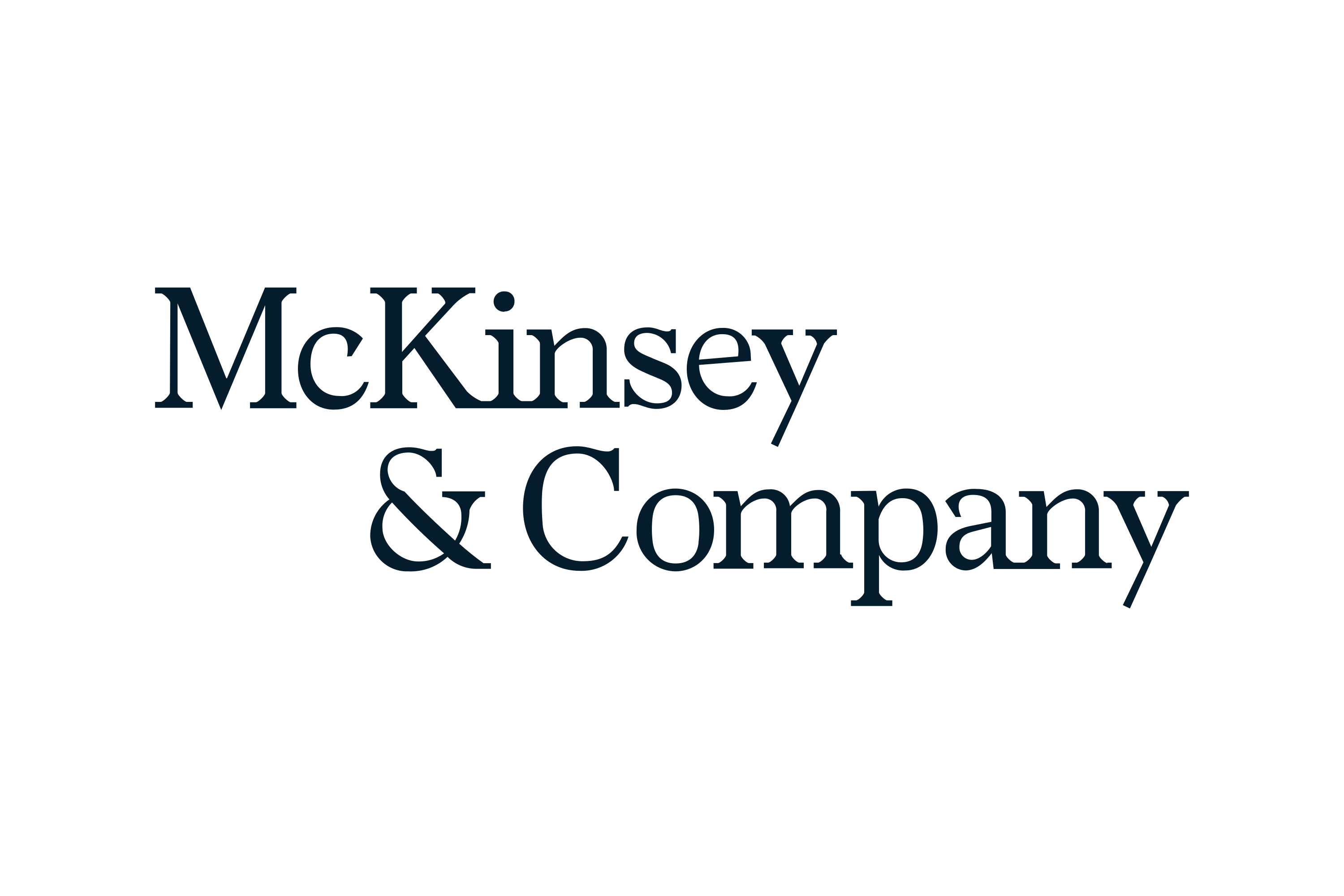Fashion on Climate
HOW THE FASHION INDUSTRY CAN URGENTLY ACT TO REDUCE ITS GREENHOUSE GAS EMISSIONS

Fashion on Climate
HOW THE FASHION INDUSTRY CAN URGENTLY ACT TO REDUCE ITS GREENHOUSE GAS EMISSIONS

Since the Industrial Revolution, GHG emissions have contributed to atmospheric warming that has lifted global temperatures by around 1.1 degrees, with significant regional variations. The warming has precipitated more frequent and severe risks, including flooding, fires, droughts and storms, leading to socioeconomic impacts on, e.g. liveability and workability, food systems and natural capital. With temperatures set to continue their upward trajectory, it is likely these adverse impacts will become more severe over the coming years.
The good news for the fashion industry is that many of the required actions can be delivered at
a moderate cost. Around 90% of the accelerated abatement can be delivered below a cost of around USD50 per tonne of GHG emissions. Around 55% of the actions required will lead to net cost savings on an industrywide basis. The remaining actions will require incentivisation in the form of consumer demand or regulations to deliver abatement. Additionally, around 60% of the abatement will require upfront capital, where brands and retailers will need to support and collaborate with value chain players to invest for the long-term benefit of society and the environment.
The scale of change required implies a need for bold commitments. Stakeholders throughout the value chain should be willing to make bold commitments, followed by equally bold actions, transparency, collaboration and joint investment. Brands and suppliers need to step up engagement with policy makers, support the rollout of renewable energy and drive end-of-use collections for recycling.
Beyond 2030, the challenge becomes even greater. To stay on the 1.5-degree pathway, the industry needs to go beyond this vision of accelerated abatement to fundamentally redefine business models and current imperatives of economic growth and rising consumerism. For a prosperous future and a habitable earth, the industry’s ingenuity and creative spirit will be required to decouple value creation from volume growth and to move from commitments to actions.

GFA provides in-depth analysis, masterclasses and reports based on the latest industry data. GFA specialises in communicating complex sustainability content in a compelling and actionable manner and is responsible for leading industry publications such as the Fashion CEO Agenda, Fashion on Climate and Scaling Circularity.